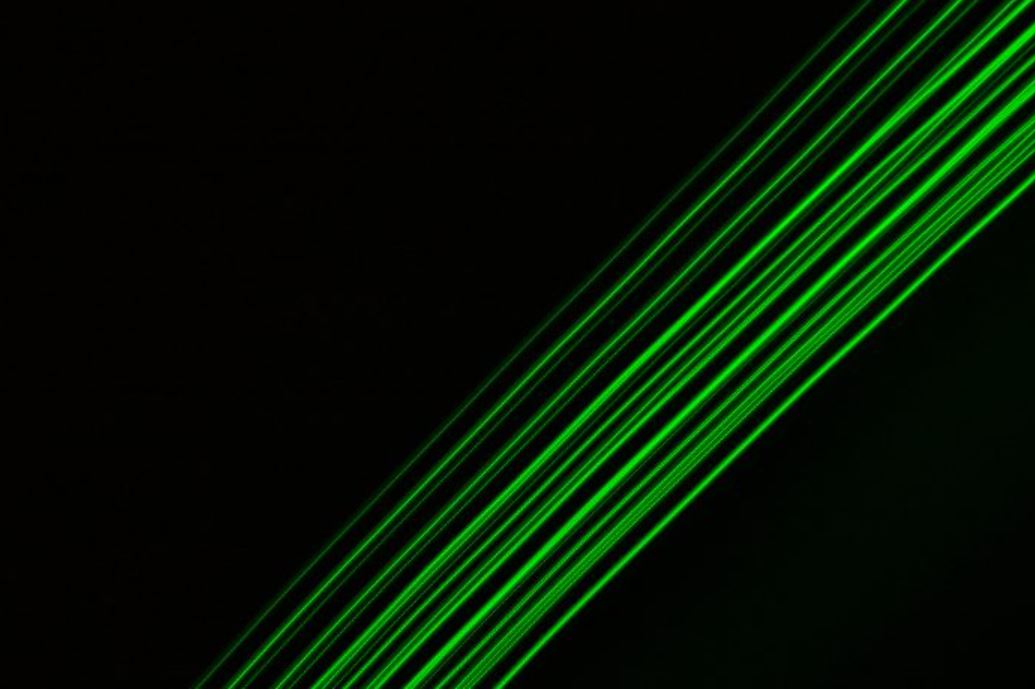 Green lasers are making waves in the tech world, and it’s pretty exciting to see how they’re changing the game. These lasers are all about precision and high visibility, without causing too much heat—a perfect combo for many modern applications. Jack Shaw from Modded gives us some great insights into how these lasers are pushing industries like micromachining, medical imaging, renewable energy, and environmental sensing toward new heights of efficiency and innovation.
Green lasers are making waves in the tech world, and it’s pretty exciting to see how they’re changing the game. These lasers are all about precision and high visibility, without causing too much heat—a perfect combo for many modern applications. Jack Shaw from Modded gives us some great insights into how these lasers are pushing industries like micromachining, medical imaging, renewable energy, and environmental sensing toward new heights of efficiency and innovation.
So, how exactly do these green lasers work? They emit light at a 532 nm wavelength, which falls right in the visible green spectrum. Our eyes are particularly sensitive to green light, so these lasers appear much brighter than others, making them perfect for tasks that need high visibility and pinpoint accuracy.
But here’s the catch: green lasers can use up to six times more energy than their red counterparts, which is a bit of a challenge. To tackle this, manufacturers are turning to rechargeable battery systems, which not only extend the life of the lasers but also cut down on interruptions.
When it comes to precision manufacturing, green lasers are top-notch for micromachining materials that are sensitive to heat, like glass and ceramics. They deliver energy precisely with minimal heat spread, which is crucial for areas like microelectronics and photovoltaics. In these fields, they help improve cell efficiency by deeply infiltrating dopants.
Their shorter wavelength, between 515-535 nm, allows for more energy and precision when focusing. This means they can reduce reflection on metals such as copper and gold, resulting in cleaner welds with less spatter and a smaller carbon footprint.
In the scientific realm, green lasers have found their place in ophthalmology for procedures like retinal photocoagulation. Their specific wavelength targets blood vessels without harming surrounding tissues. They’re also making strides in dermatology and surgery, especially in photodynamic therapy.
Fluorescence-based techniques, like those used in microscopy and sequencing, get a boost from green lasers. They align well with fluorescent markers, improving data accuracy in molecular biology and pharmaceutical research.
As green laser diode technology gets smaller, we’re seeing exciting new applications in wearable health monitors, implantable devices, and portable diagnostics. Start-ups and medical device manufacturers are using these advancements for precise surgical instrument welding and minimally invasive surgeries.
In infrastructure and data systems, green lasers are enhancing bathymetric LiDAR, which measures aquatic environments using a 532 nm wavelength. This improves data capture and efficiency.
In renewable energy, laser processing is optimizing the micro-nano structure of perovskite thin films, boosting charge transport pathways and overall cell efficiency.
Looking ahead, smaller and more efficient green lasers could revolutionize medical treatments and underwater communication. There’s also potential for their use in quantum computing, with companies exploring how they might integrate with AI, IoT, and robotics. Newer laser models even feature Bluetooth connectivity, allowing for remote control adjustments and increasing efficiency on job sites.
Green lasers are no longer just niche tools; they’re becoming vital components in technology, driving precision engineering and ecological responsibility. They offer a pathway to cleaner, more precise, and interconnected technologies, giving businesses a chance to innovate without compromise.








